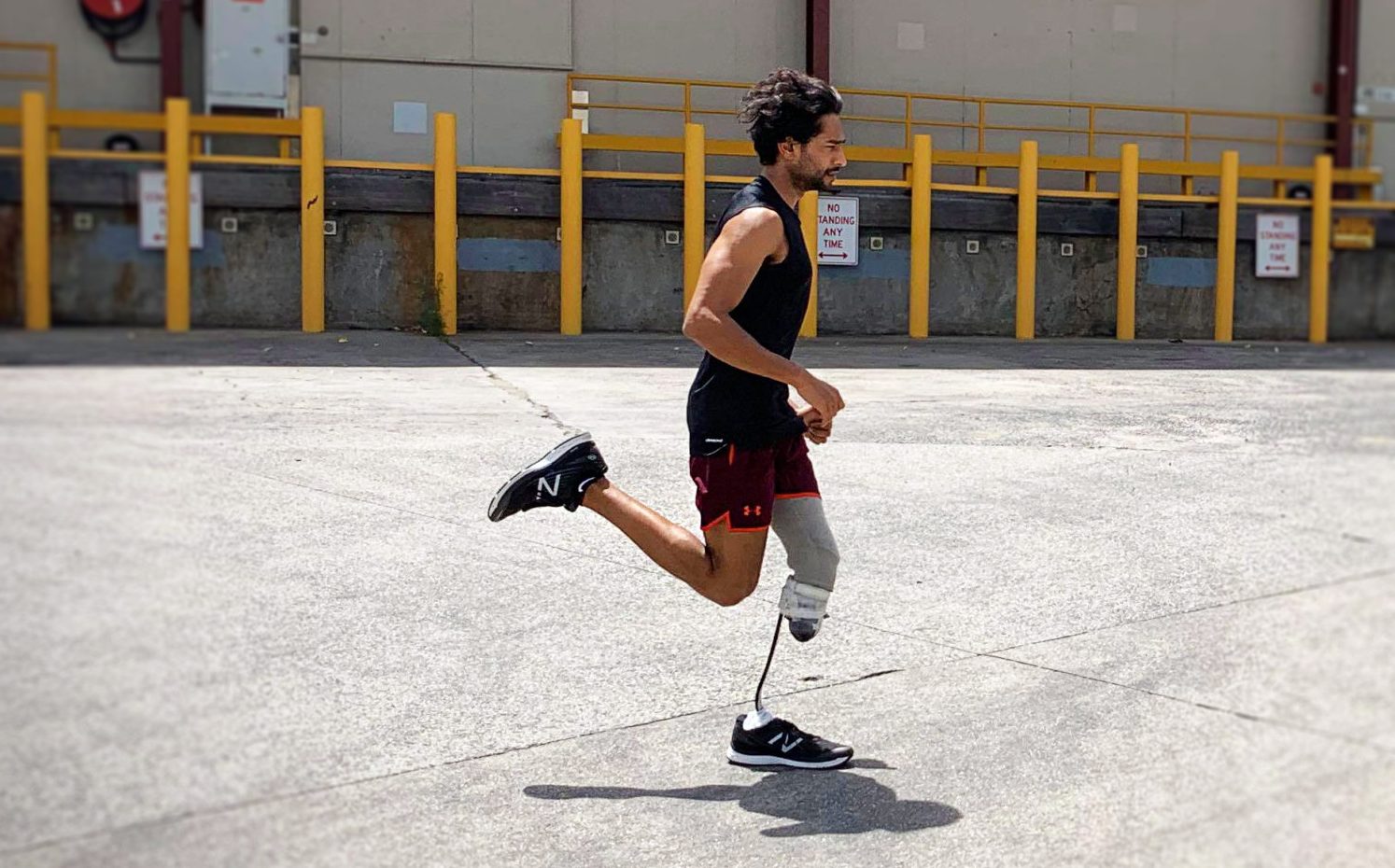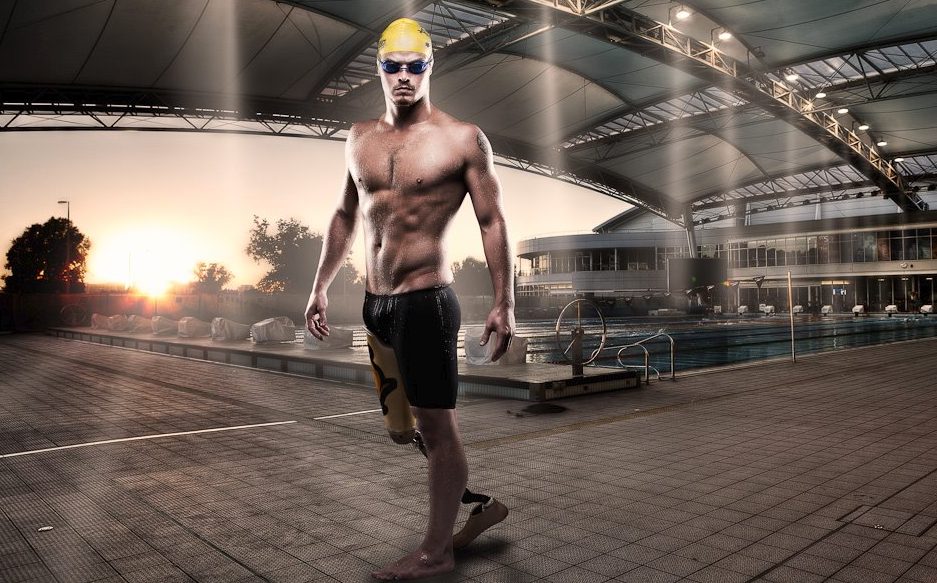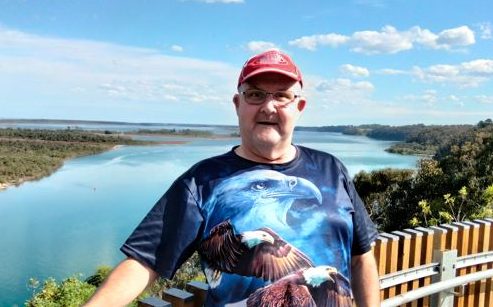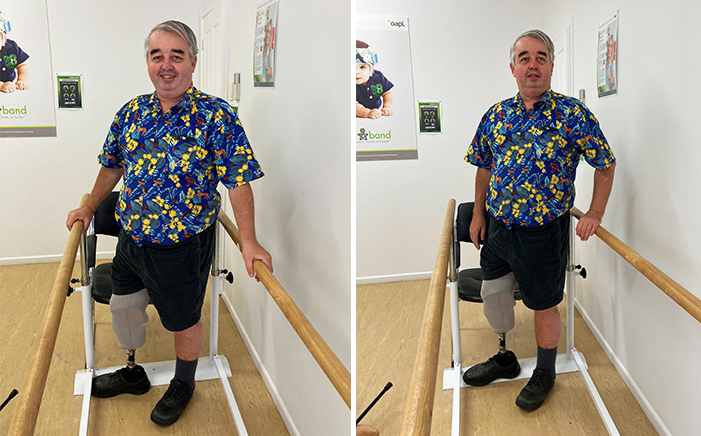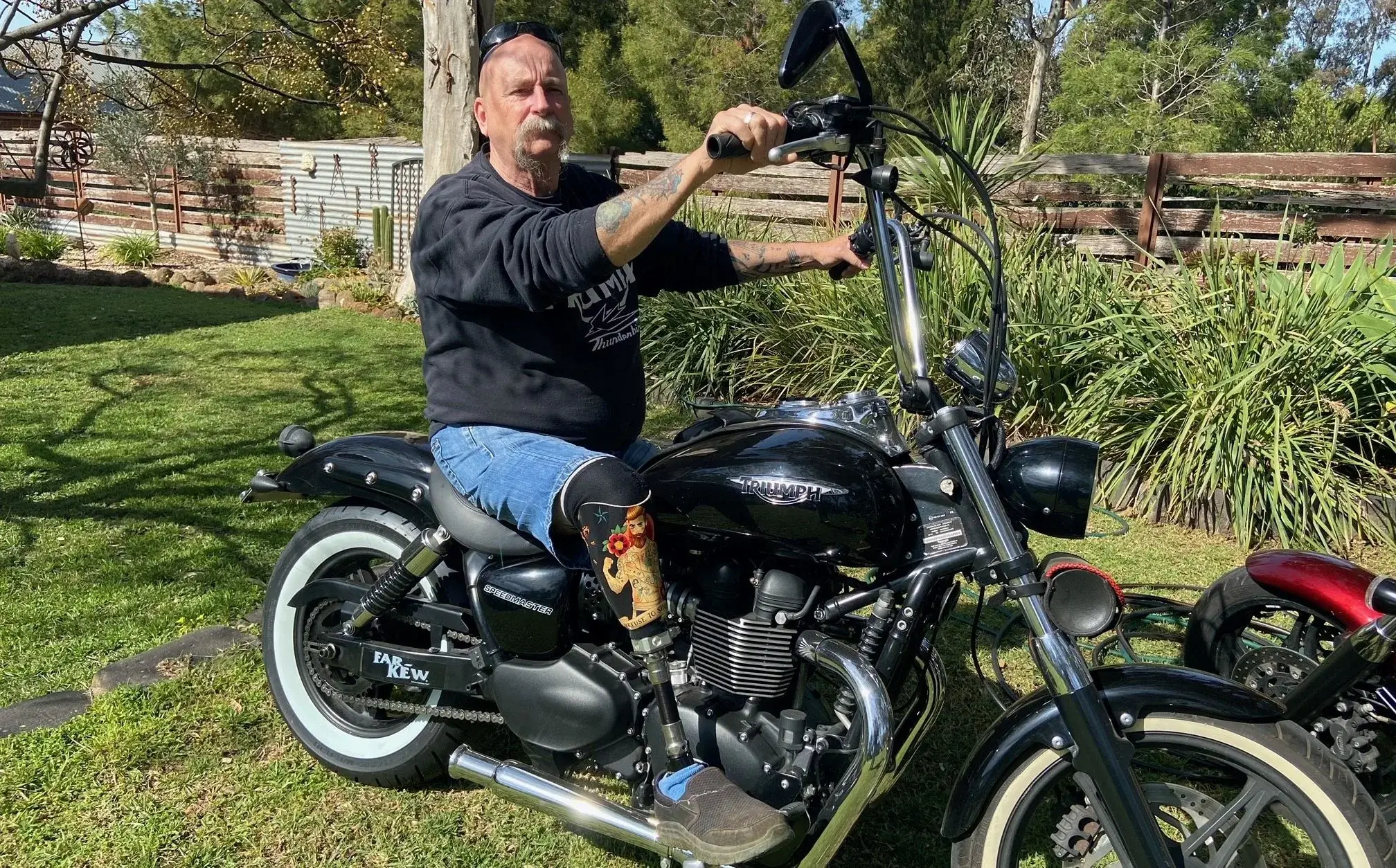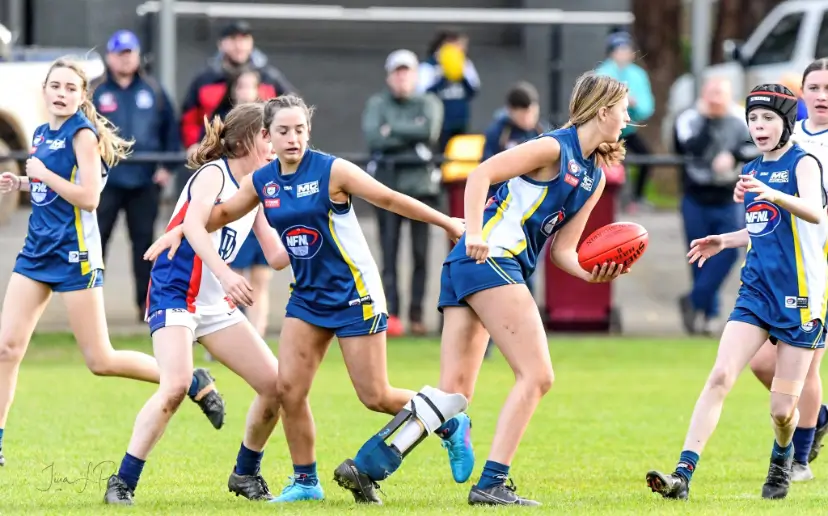 Prosthetic management for all lower limb amputees
Prosthetic management for all lower limb amputees
Trusted, dedicated and experienced prosthetists Australia wide
The team at oapl are specialists in amputee management and care. There is nothing we haven’t seen! We have been providing prosthetic services across Australia for over 35 years and treat public, private and NDIS patients.
Our mission is to help you achieve your goals and aspirations as an amputee. We aim to provide tailored prosthetic management and build long term relationships to support you not only physically, but mentally and emotionally as well.
We understand how important it is to have specifically designed custom prostheses that assist you in restoring your quality of life. Whatever your goals and aspirations, we’re ready to help you achieve them now and into the future.
 Benefits of Lower Limb with Oapl
Benefits of Lower Limb with Oapl
Experienced Team
Collectively, our national team of prosthetists have hundreds of years’ experience providing complex lower limb prosthetic services for all ages.
Our specialities
Full range of clinical specialties ranging from the hip, knee and foot prosthetics to ensure we can find the right solutions for you.
Advanced Prosthetics
Product development is in our DNA! You’ll always have access to the latest prosthetic feet, knees and hips to help you excel both now and in the future.
Specialist Expertise
Our prosthetists are tertiary qualified specialists in their field; backed by years of training, education and practical experience.
 Frequently asked Lower Limb questions
Frequently asked Lower Limb questions
How soon after my amputation can I expect to be fitted with a prosthesis?
Your residual limb must be completely healed prior to the fitting of a prosthesis. As soon as the stitches are removed following amputation we recommend a “shrinker” be worn. This will be supplied in hospital or an outpatient appointment.
A shrinker is an elastic sock that fits around your residual limb that helps decrease the swelling of your leg in preparation for your prosthetic fitting.
Depending on your individual rate of healing, it’s common to be fit with your first prosthesis 4-10 weeks after amputation.
What will my prosthesis look like?
A prosthesis can be manufactured to look like an anatomical limb or it can be designed as an expression of who you are!
Your prosthetist will discuss and show all possible options with you to see what best fits with you.
How do I keep my prosthesis clean?
It’s important to keep your skin, liners and sockets clean. Regularly washing prosthetic liners and suspension sleeves daily with wipes is crucial to maintaining skin integrity and preventing skin breakdown.
What happens if I lose weight?
Prosthetists are trained to manage these situations. We can provide education on how to manage this with socks and can also make changes to your socket to improve the fit.
How long will my prosthesis and components last? When will I require a new prosthesis?
In general, if the socket of your artificial limb fits well and you’re not having any difficulties, then you don’t require a new prosthesis.
However, you will likely need new liners or limb socks on a regular basis. Talk to your prosthetist about which liners will work best for you and your prosthesis.
Can I get back to work?
Of course! Depending on your occupation, you may have to make some lifestyle adjustments.
If your work involves extreme physical strain, you should let your prosthetist know before the prosthesis is fabricated. The type of stress applied to the prosthesis affects the manufacturing of the socket, as well as the selection of components.
We have an extensive range of prosthetic knees, feet and more available to you to ensure you have the perfect setup.
Can I shower in my prosthesis?
This is a question you will need to ask your prosthetist. Generally speaking, you will not be able to get your prosthetic foot or knee wet. However, there are special materials we can use to fabricate a “wet prosthesis” for you, in addition to your primary prosthetic leg.
Bathing & swimming in your primary prosthesis could cause damage to your componentry & could put you at risk for injury.
Will I be able to return to sports and other physical activties when receiving my prosthesis?
As a general rule, we always say that if a person could do something before amputation, they will be able to do that same activity afterwards. With that being said, communication is key, and you must discuss all concerns/questions with your practitioner & physical therapist. Learning from the experts is vital to your success in obtaining your goals.
Also, there are some obvious factors that play a role here as well, such as your overall health or other injuries. Rest assured, we are committed to doing anything and everything we can to work with you, your surgeon, & your physical therapist to return you back to a full life.
How do I learn to to use my prosthesis?
During your initial fittings, your prosthetist guides you through the principles of using your prosthetic, fine-tuning and alignment.
However, a physiotherapist is required initially to teach you how to manage everyday scenarios such as getting in and out of cars, stairs, navigating slopes and inclines and certain tips and tricks that will help you in everyday life.


